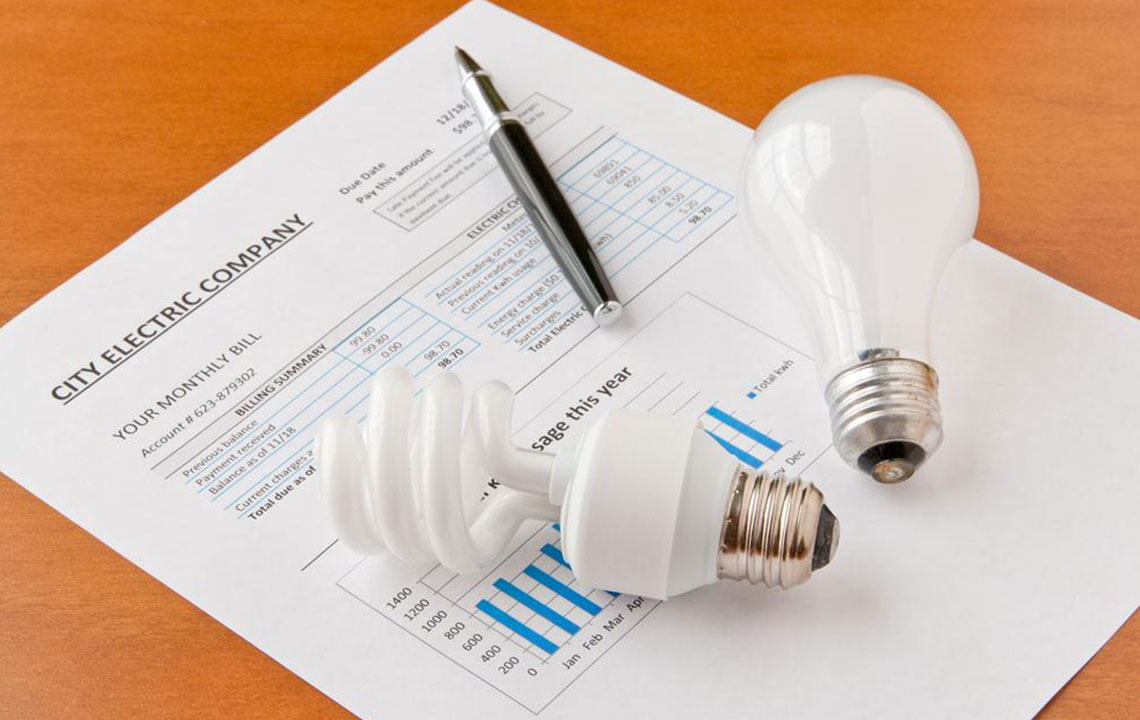Factors that affect electricity rates

Electricity rates usually reflect the cost to finance, maintain, build, and operate power plants and electricity grids. Every one of us pays our electricity bills on a monthly basis and seldom notice the tariffs and electricity rates until we see a skyrocketing amount in the bill summary. The first thing that we need to be aware of is that there are different electricity rates for different states in our country. There are other factors present that influence and decide electricity rates. A few of them have been listed below:
Industrialization
An industrialized city indicates towards it having higher electricity rates. This is based on the simple demand–supply phenomenon which can cause a considerable increase in the electricity rates.
Mode of generation
This factor mainly helps determines electricity rates. For instance, electricity generated from wind is costlier as compared to hydroelectricity. This is because harvesting electricity using wind requires complex machinery which comes with an upfront cost. Maintaining the machinery will also require skilled labor. This, however, is not true in the case of solar energy as it requires minimum labor. Electricity generated using solar energy does not have a complex setup which indicates towards the lower upfront cost. Hence, using alternative solutions can help you reduce electricity costs.
Demographics
The gross domestic product of a state or region also determines the range of electricity rates. The way the population grows economically also effects electricity pricing. Simply put, areas with wealthier people might have higher electricity rates.
Weather patterns
This is one of the most important factors that help decide the electricity rates of a state. People living in areas with extreme weather conditions experience an average of a 20 percent spike in the electricity rates when compared with ones living in moderate climate conditions.
Type of customers
The electricity rates are higher for residential and commercial consumers. This is because it is costly to distribute electricity to them. Industries receive electricity at less expensive rates because they receive it at a higher voltage which makes it more efficient. The average price of electricity rates in the country this year is roughly 12 cents/kWh whereas for industries it is 6 cents/kWh.
Regulations
Some states have regulated electricity prices and this is determined using public services and utility commissions; however, there are some states that use a combination of other unregulated prices for generators. Such states also use different prices based on the nature of transmission and service providers.
Recent Articles
Recent Questions
What kind of life insurance builds cash value?
The rest of the premium payment will go toward your policy's cash value. The life insurance company generally invests this money in a conservative-yield investment. As you continue to pay premiums on the policy and earn more interest, the cash value grows over the years.
What is meant by insurance plans?
An insurance plan is the one that consists of a premium amount and other components used in getting a product insured. There may be various types of insurance plans with varying terms and policies.
What are the common components of insurance?
The most important components of most insurance plans are the premium and the contract. Anything written in the contract becomes its crucial component.
What are the various types of insurance policies?
There are various kinds on insurance policies that are available on various assets. Auto, health, commercial vehicle, and travel insurance are some of the popular types of insurance policies.








